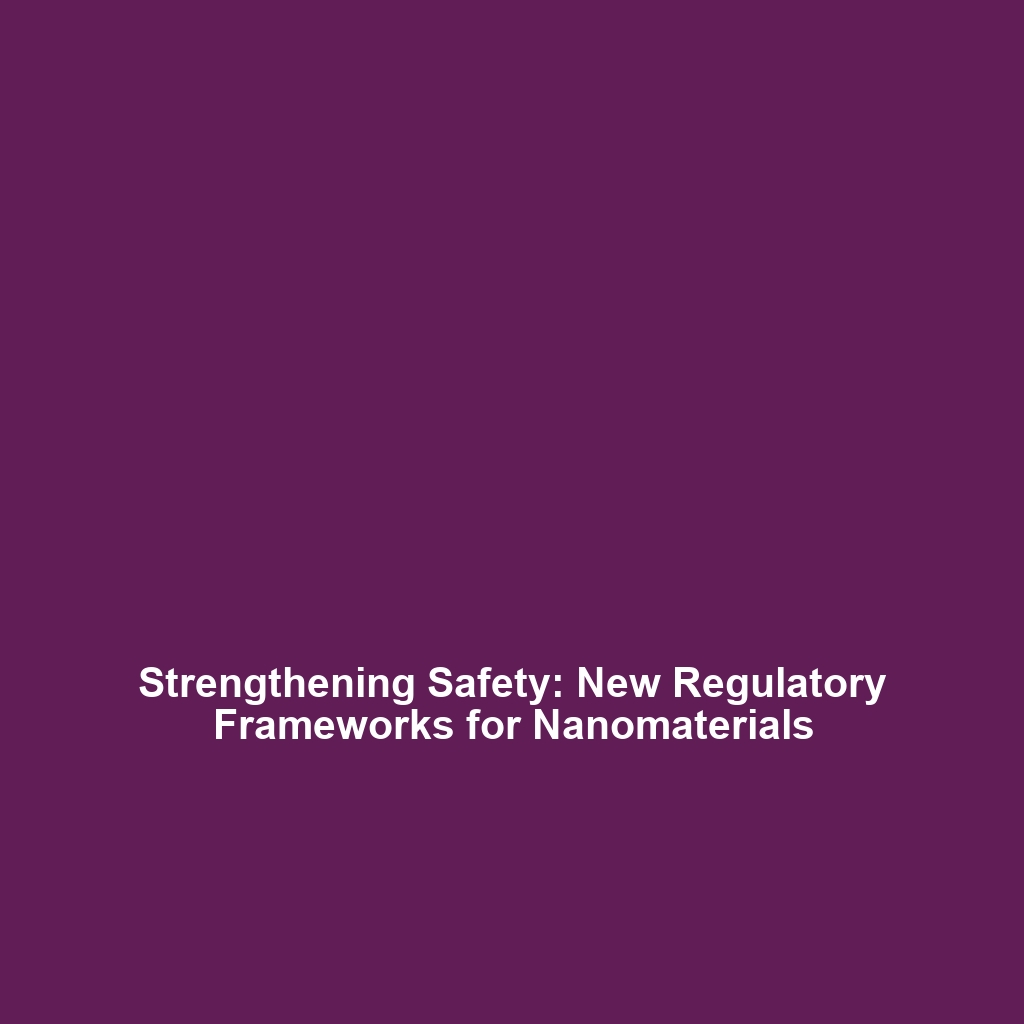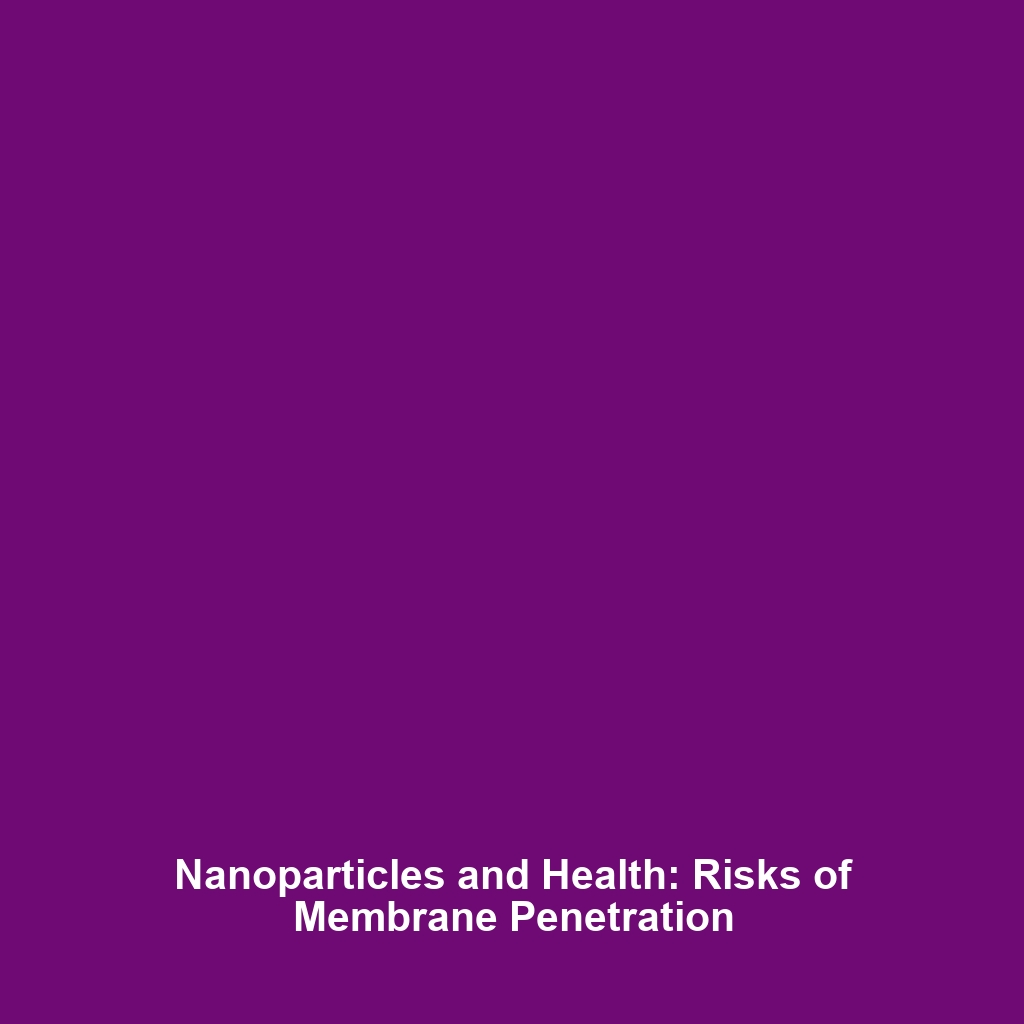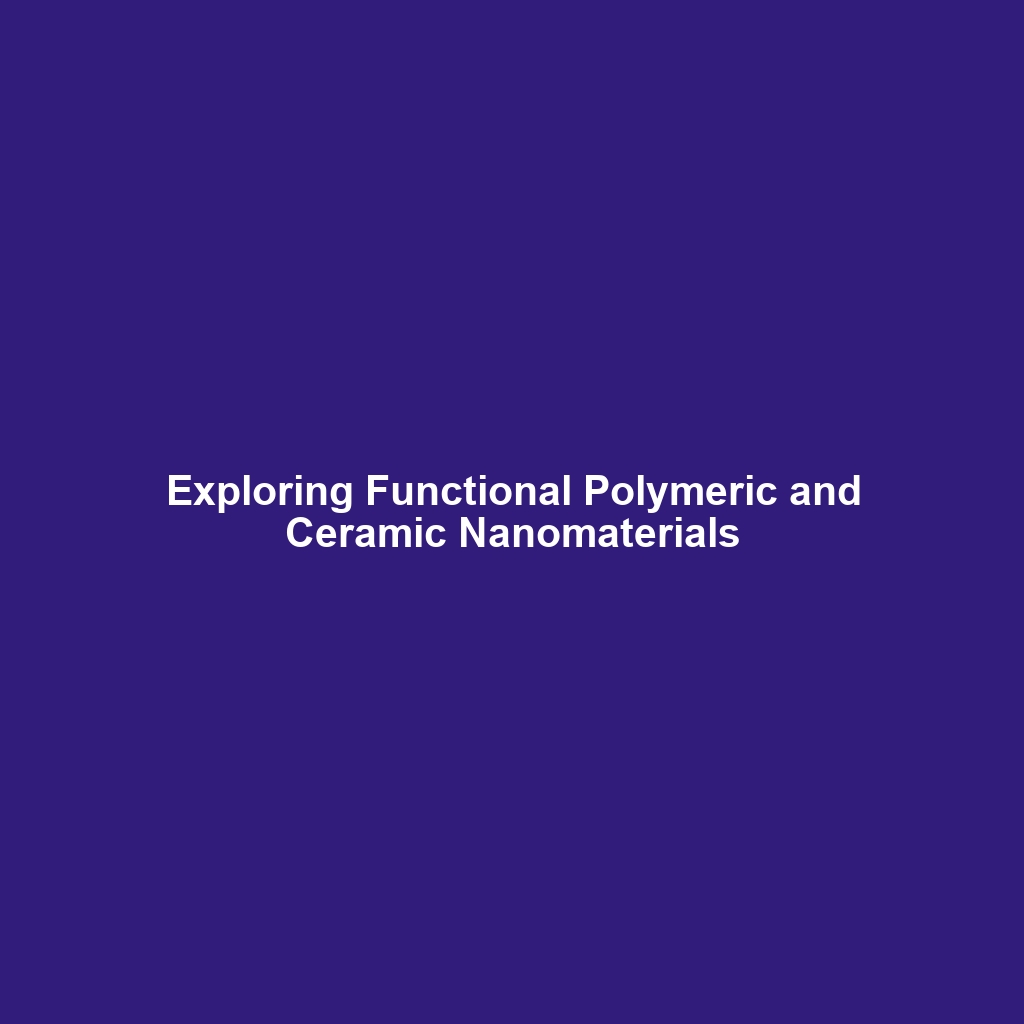Using Plant Extracts or Bacteria to Synthesize Nanoparticles: Minimizing Toxic By-products
Introduction
The synthesis of nanoparticles plays a pivotal role in the emerging field of advanced nanomaterials, offering solutions across various industries, from healthcare to electronics. The utilization of plant extracts and bacteria in nanoparticle synthesis not only facilitates eco-friendly production methods but significantly reduces the generation of toxic by-products. This sustainable approach is essential in addressing the pressing environmental concerns associated with traditional nanoparticle synthesis methods, making it a significant area of research within advanced nanomaterials.
Key Concepts
Understanding the principles behind the use of natural resources, such as plant extracts and bacteria, for nanoparticle synthesis is crucial. By leveraging biological materials, researchers can create nanoparticles with desired sizes and shapes while minimizing the toxic waste typically produced in chemical synthesis methods.
Green Synthesis
Green synthesis refers to methods that rely on biological entities to create materials. The integration of plant extracts rich in phytochemicals serves as reducing agents, leading to the formation of nanoparticles with reduced environmental impact.
Bacterial Synthesis
Utilizing bacteria in nanoparticle production involves harnessing the metabolic processes of these microorganisms to precipitate and shape metal nanoparticles. This method not only enhances sustainability but also improves the efficiency of particle formation.
Applications and Real-World Uses
The application of using plant extracts and bacteria for nanoparticle synthesis is vast, encompassing fields such as:
- Biomedical Applications: Nanoparticles synthesized from natural products can be employed in targeted drug delivery systems.
- Environmental Remediation: Biologically synthesized nanoparticles can effectively remove pollutants from water and soil.
- Agricultural Enhancements: Nanoparticles can improve fertilizer efficacy and promote sustainable agricultural practices.
These applications highlight how using plant extracts or bacteria to synthesize nanoparticles drives advancements in advanced nanomaterials.
Current Challenges
Despite its potential, the research and application of plant extracts or bacteria to synthesize nanoparticles face several challenges:
- Standardization: The variability in plant extracts or bacterial strains makes reproducibility a challenge.
- Scalability: Transitioning from laboratory-scale to industrial-scale production can present significant hurdles.
- Characterization: Comprehensive characterization of biologically synthesized nanoparticles is necessary to understand their effectiveness and safety.
Future Research and Innovations
Future research is focused on overcoming existing challenges and paving the way for innovative solutions in advanced nanomaterials. Upcoming areas of interest include:
- Development of hybrid synthesis techniques that combine biological and chemical methods.
- Innovative use of genetically modified bacteria to enhance nanoparticle production rates and controls.
- Advancements in nanomaterial characterization techniques, enhancing understanding of their properties and applications.
Conclusion
In conclusion, using plant extracts or bacteria to synthesize nanoparticles provides a sustainable solution to the challenges faced within the realm of advanced nanomaterials. As researchers continue to innovate and refine these methods, the potential impact on numerous industries could be profound. For further reading on the advancements in nanomaterials, visit our [Advanced Nanomaterials Resource Page](#).








